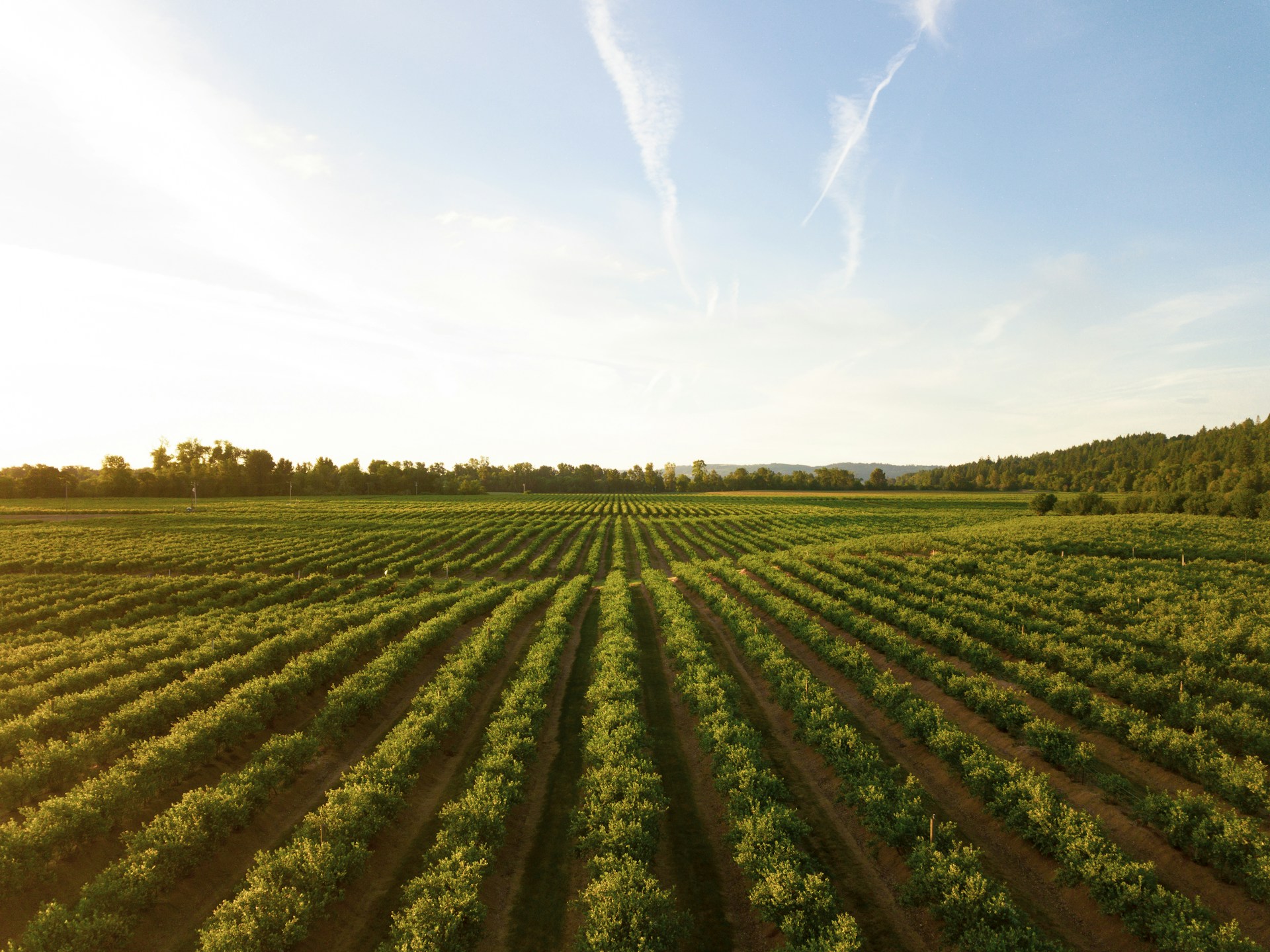
our projects
There is a huge amount of research in organic agriculture being carried worldwide but a lack of organic research that is specific to Australian agriculture and which recognises the unique climate and soils of Australia. Our projects are aimed to address this lack. The following are brief sketches of the kinds of research projects we would initiate and implement.
Comparing soil microbial diversity in organically and non-organically farmed soils
Purpose:
Microbial life in agricultural soils is known to react to management systems; including to the use of pesticides and fertilisers. Conversely, microbial life influences the uptake of nutrients from the soil. Hence, identifying whether there indeed is a difference in microbial life between soils managed under an organic system and one that is commonly used in agriculture in that area may well provide indications of why an organic system works in that area and which practices within the organic system are likely to be most beneficial. Results will be uploaded to the ‘Biomes of Australian Soil Environments’ (BASE) project (http://www.bioplatforms.com/soil-biodiversity/).
Location:
Four organic farms, representing wheat, pasture, vegetable, and tree crop production, will be selected each in WA, VIC and QLD, so that samples can be taken also from conventional neighbours and unfarmed land. Each location will comprise three distinct sampling areas (organic/conventional/natural), each of which will host three sampling quadrats (25 m x 25m). Sampling and analysis (DNA extraction and sequencing, soil physico-chemical analyses) will be done according to the methodologies established for BASE 2.
Requirements:
Chief investigator, data analyst, fieldwork, and travel (local agents in each state), laboratory analysis of samples.
Cost:
$300,000 - $400,000.


Organic agricultural production in Australia: Data collection 2024-2026.
Purpose:
Data collection for organic production is required by the Government and the organic sector for industry planning purposes. The data will report farm-gate values by commodity and include some details about explaining factors such as area planted and production.
Location:
National, all organic certification bodies and certified operators. Requirements: Chief investigator/data analyst.
Cost:
$100,000.


Comparison of environmental impact on certified organic horticulture farms and paired non-organic neighbouring properties
Purpose:
Compare sediment, nitrogen, phosphorus, and pesticide residues on paired organic/non-organic farms, in a sensitive environment adjacent to an important World Heritage area. Outcomes will be used to inform agricultural commodity organisations, State and Local Government, about impact of farming activities and future research and extension needs.
Location:
Queensland coast adjacent to the Great Barrier Reef.
Requirements:
Chief investigator, fieldwork and travel, laboratory analysis of samples.
Cost:
$2M - 2.5M.


Long term side-by-side comparative trial of organic, regenerative, and conventional cereal cropping systems.
Purpose:
Compare yield, soil condition/changes, and economic return over a long (8-10 year) period.
Location:
To be determined, but must be in a cereal production area e.g., Central-West NSW (Condobolin, Orange, Mudgee, Parkes, Cowra), Darling Downs (Toowoomba, Goondiwindi, Condamine), Victoria-SA Mallee region (Bordertown, Dimboola, Echuca, Castlemaine).
Requirements: Chief investigator, data analyst, fieldwork and travel, laboratory analysis of samples.
Cost:
$1.2M per year.


The Economics of certified organic versus conventional farming in Australia
Purpose:
The project will use ABS’s Business Longitudinal Analysis Data Environment (BLADE) microdata which contains farm financial data sourced from the Australian Tax Office (every agricultural business that has put in a tax record). Annual data currently is available from 2001–02 to 2020–21. Only researchers fully qualified and trained in the BLADE database are allowed to access this data.
Variables that are available from the ATO come from Business Activity Statements (e.g., total sales, export sales, total wage), business income taxation (e.g., business income items, business expenses items, net income or loss, assets, liabilities), and pay as you go (FTE employee number). A generic identification number is given to each business so that the same business can be recognised across different years.
Other datasets can be integrated into ABS microlab – which would include for example information on certified organic farms, to identify farms within industries and by farming systems to match this with tax records. Environmental measures (such as temperature, rainfall, soil, vegetation coverage and drought indicators), as well as economic financial variables (commodity prices, interest rates) will be merged with the BLADE microdata based on the farm operation location (at Mesh Block level – although it must be noted that economic variables such as interest rates will only vary by time, and by industry for prices).
Hence, such a dataset would allow the investigation – at a large-scale which has never been done before – of the following questions:
By industry, how do the financial returns (e.g., profitability; rate of return; labour costs) of certified organic farming compare with conventional farming? Do results vary by type of farm size (e.g., small, medium, large?).
Do environmental factors such as drought impact on conventional farming more than organic farming?




